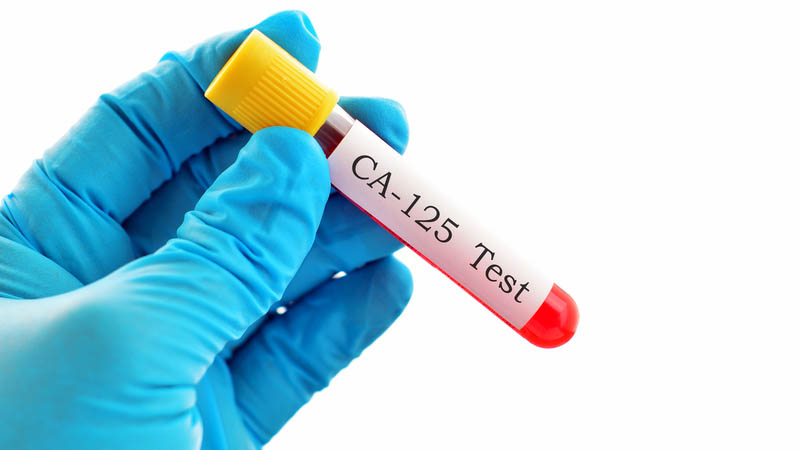Is venous thromboembolism prophylaxis necessary during laparoscopic procedures? A commentary to SAGES guidelines – Guidelines for Deep Venous Thrombosis Prophylaxis During Laparoscopic Surgery
Michał Solecki
 Affiliacja i adres do korespondencji
Affiliacja i adres do korespondencjiVenous thromboembolism is a disease that includes both deep vein thrombosis and pulmonary embolism, which are associated with the formation of a blood clot (thrombus) within a deep vein, mainly in the lower limbs. So far, the scale of the problem of deep vein thrombosis and pulmonary embolism has not been thoroughly estimated in Poland. About 200,000 new cases per year are reported in the United States, and between 50,000 and 60,000 in Poland. Mortality due to pulmonary embolism, usually as a consequence of deep vein thrombosis, is estimated at 15–25%. Increasingly used minimally invasive surgical techniques are currently of interest to both, the young generation of surgeons and their patients. Laparoscopic cholecystectomy or bariatric surgery have become a standard. There is much controversy regarding the need for thromboprophylaxis in patients undergoing laparoscopic procedures. Efforts have been made by the Society of American Gastrointestinal and Endoscopic Surgeons to help medical practitioners decide in this regard. All laparoscopic procedures cause serum hypercoagualability. Polish societies have not specified their decisions regarding prophylaxis in laparoscopic surgery. Following general rules was only recommended. It seems fully justified to develop such indications or adopt the already existing standards based on literature data and experience.









